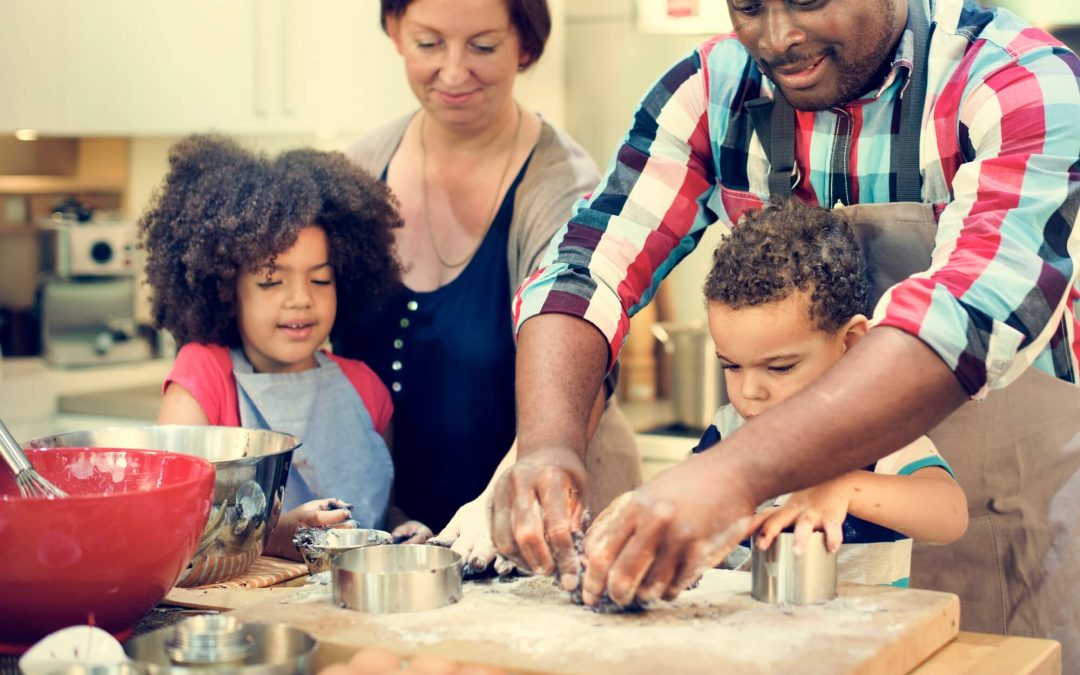The kitchen is undoubtedly the heart of the home, where meals are prepared and memories are made. However, it’s essential to prioritize safety in this space to prevent accidents and ensure a secure environment for everyone. Here are key kitchen safety practices for home cooks to avoid accidents while preparing food.
Tips for Kitchen Safety
1. For Safety, Maintain a Clean and Clutter-Free Kitchen
Keeping the kitchen clean and well-organized is a great way to boost safety. Regularly clean spills to prevent slips and falls. Keep cooking and food prep surfaces free of clutter. Store utensils, cookware, and ingredients in an organized manner for easy access.
2. Safe Handling of Sharp Objects
Keep knives and other sharp tools properly stored in a designated area and away from small children. When preparing food, use cutting boards to protect countertops and ensure stability. Always cut away from your body and fingers to avoid injuries.
3. Prevent Burns and Scalds
A hot stovetop can be dangerous. Use oven mitts or pot holders when handling hot cookware. Turn pot handles away from the stove’s edge to prevent accidental spills, and be cautious of steam when opening lids to avoid burns.
4. Fire Safety Measures
The kitchen is the most common area of the home for a fire to begin. To stay safe, install smoke alarms near the kitchen area and test them monthly to verify the alarm will sound. Keep a fire extinguisher within easy reach and know how to use it. In case of a grease fire, never use water; use the fire extinguisher or a metal lid to smother the flames.
5. Electrical Appliance Safety
Regularly inspect electrical cords and plugs for signs of damage. If you notice a frayed cord, replace it before using the appliance. Never overload electrical outlets, and unplug appliances when not in use. Keep electrical cords away from water to prevent shocks.
6. Childproofing for Kitchen Safety
Cooking can be a family activity, but keeping children safe is essential. Install child safety locks on cabinets and drawers containing cleaning supplies and other hazardous items. Keep sharp utensils, knives, and small objects out of reach of young children. Educate children about the dangers in the kitchen and establish clear safety rules.
7. Proper Food Handling and Hygiene
When preparing a meal, wash your hands thoroughly before handling food. Avoid cross-contamination by using separate cutting boards for raw meat, poultry, and vegetables. After the meal, refrigerate perishable items promptly and adhere to food safety guidelines.
8. Emergency Preparedness is an Essential Part of Kitchen Safety
Choose an obvious location to display emergency contacts, including poison control and local emergency services. Keep a well-stocked first aid kit in your kitchen to immediately treat minor injuries. Familiarize yourself with basic first aid procedures for burns, cuts, and other injuries.
Prioritizing safety is essential for a safe and secure home. Incorporating these kitchen safety practices into your daily routine creates a safer cooking space and promotes a positive and enjoyable culinary experience for everyone in the household. A little vigilance goes a long way in ensuring the heart of your home remains a place of warmth, creativity, and, above all, safety.
Certinspectors offers professional home inspections in the Hudson Valley area of New York. Contact us to schedule an appointment for our services.

